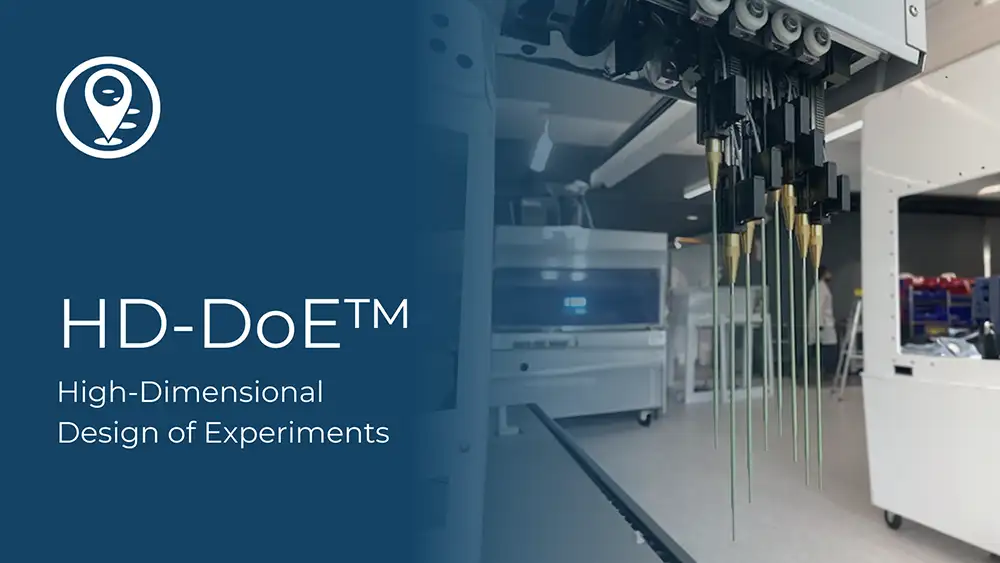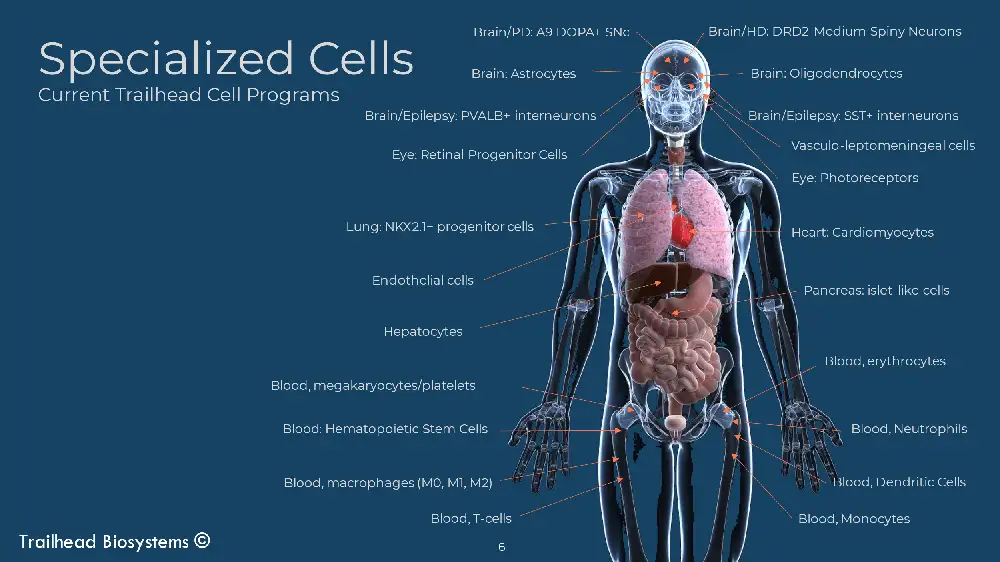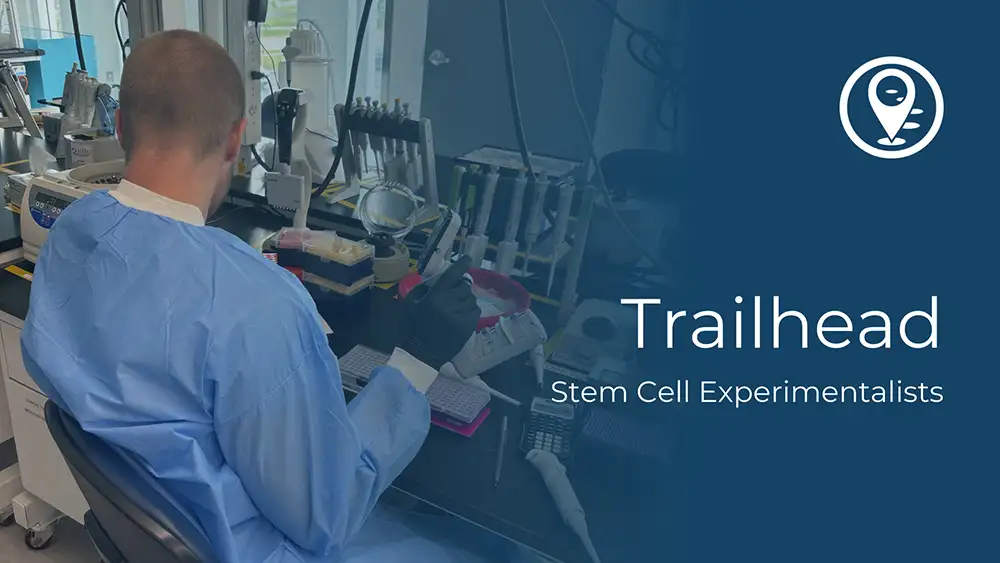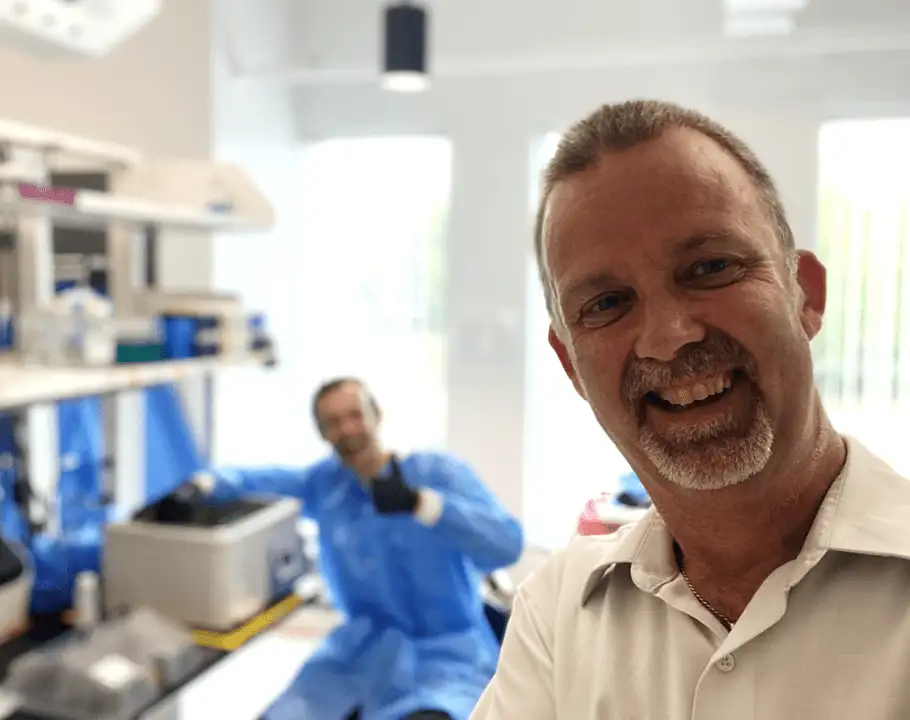Written by:
Jan Jensen
CEO and Founder
It is now more than a decade since the first thoughts of the potential power of DoE (Design of Experiments), if applied at a much higher dimensionality than customarily done by other industries, could possibly change the way we do biological science completely.
The problem that troubled me back then was clear, as it is still: the connections in biology are vast in number. They are not easily identified by inference, and the typical approaches in science such as hypothesis-driven methods seemed to me inadequate to find them.
Because I decades prior had chosen that my path in science would address the general principles of cell differentiation simply due to my fundamental fascination of ‘how can it even happen?” I had subconsciously worked with the ‘problem’ for a few decades as we were entering 2013.
“Letting go” is usually not the solution to a problem, but in this case, it was. It became clear to me that I had to forgo my past training. I had to let go of the idea that a scientist, training towards reaching the pinnacle of human discovery and knowledge, is optimally able to address a scientific problem. It began to feel that human intelligence was the limitation – because the complexity of biology may exceed our understanding.
Interestingly, I also began to realize that I might also need to give up on specific paradigms as they existed within the field of developmental biology. Yet, it seemed right to fiercely retain and expand on the general principles of regulative development and build the approach around this.
The system – human development – had to be assessed thoroughly. It was clear to me at the time that it would be impossible to predict signaling pathway relationships given the absence of the most relevant data.
The solution began to emerge but would demand empiricism at its finest. First, we would need to do actual experiments increasing the design space to a vastness beyond the limit of hypotheses, then we would convert the results into a series of mathematical representations of the actual response of the system being tested – a differentiating human cell – to a wide number of potential effectors. All the while, such effectors would be expected to heavily interact based on the principles of regulative development where cells spatially inform each other in the embryo about position and fate.
The solution lied with the compression of design space testing to enable highly multivariate analysis. In other words, Design of Experiments – DoE – a mathematical discipline, whereby performing a smaller set of experiments could nonetheless survey a much larger design space. DoE methods had already been applied by industries throughout the past decade or so to gather insight into their manufacturing processes. Only, this time, the testing dimensionality needed to be dramatically increased. Thus, High-dimensional Design-of-Experiments (HD-DoE) conceptually was born.

In 2013, the State of Ohio took a bet on a solution proposal. It funded a proposal that we submitted to test the idea. We were off to building a system that could perform HD-DoE.
In 2014, we generated the first experimental data. And like any door to a new world, we could not return. It worked. The team that later would lead to Trailhead was formed.
What has happened between 2014 to now has been a journey that has involved learning how to build teamwork, trust in each other, and learning about biology and technology, while enduring skepticism and disbelief.
Today, the HD-DoE method is conquering the science for which it was built. It has proven itself capable of delivering entirely new protocols and methods for the control of cell differentiation.

So, what are we – at Trailhead – as a team, and as a company?
We are those who do the testing. We do experiments. We re-develop the protocols that have been published by multiple academic investigators, typically finding entirely novel inputs and combinations.
What does that make us, if I were to compare to others? In physics, there are theoretical physicists, and there are experimental physicists. The predicted mass of the Higgs Boson emerged from theory, but it took the experimental physicist to demonstrate it. CERN scientists with their multinational Large Hadron Collider are experimentalists. Trailhead is akin to experimental physicists, but we are the biologist’s counterpart. We create an experimental basis from which we develop our methods to control cell fate.

I passionately believe that not only as providers of multiple human cell types – (hopefully, all of them, over time) will we contribute impactfully to medicine and biology. But as pioneers of High-Dimensional Design-of-Experiments, I also believe that our impact may extend beyond this realm, as high-dimensional testing may be the key to unlocking the hidden connections in complex systems.
The first ten years of our journey have been filled with discovery, enlightenment, and seeking technical proficiency. Now, we are on the journey of commercialization, biomanufacturing, and clinical development.
Curiously, each day still feels like the first back in 2013. And I hope it remains that way, as it not only reduces complacency but instills curiosity. As I reflect on all of us working together to get here – the Trailblazers who joined – I remain fully believing in the power of the Team. We are only getting started!
